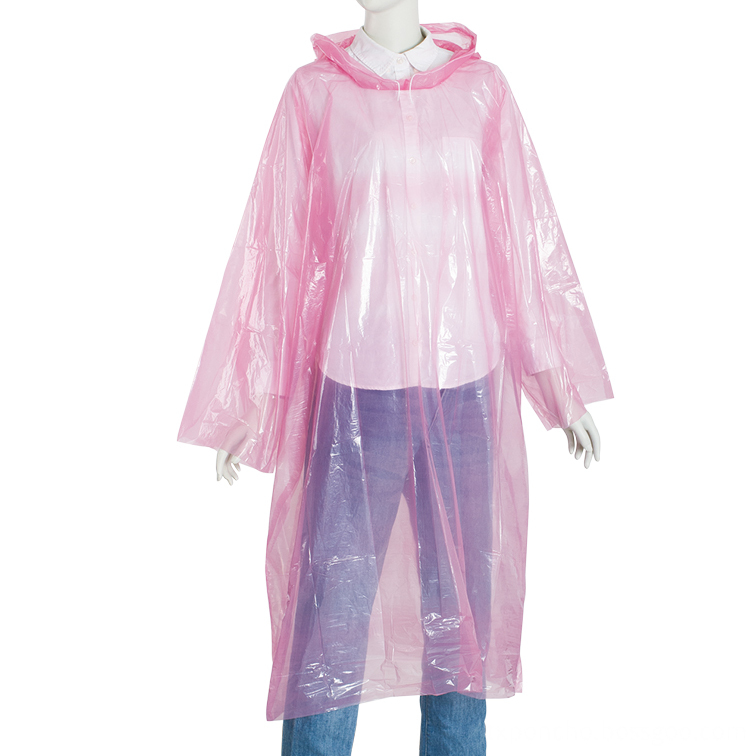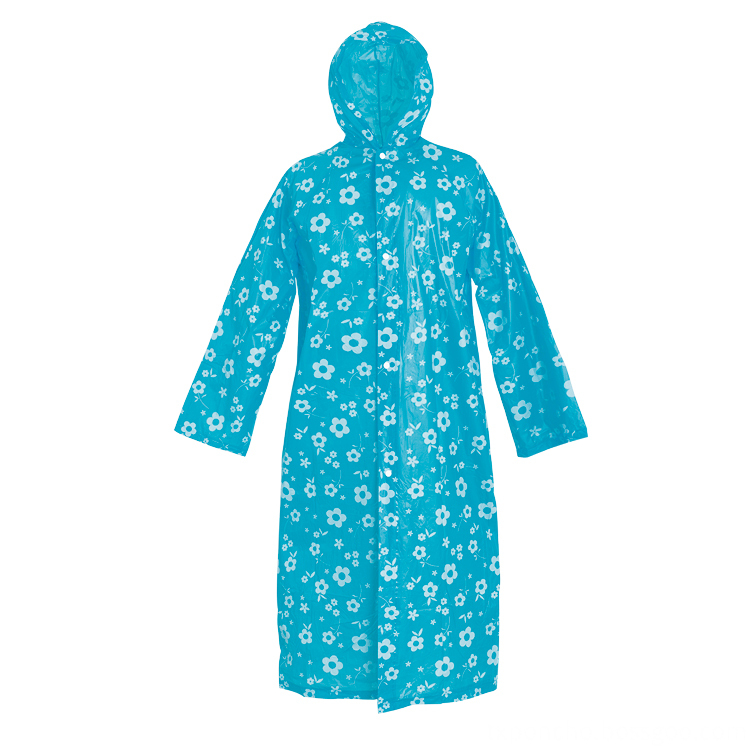When it comes to how laser printers can adversely affect the environment, we must first start with the working principle of laser printing products. When the laser printer is working, it can be divided into charging, exposure, development, transfer, fixing, cleaning, and eliminating electricity.
Charging process
The photoconductor drum photoconductor material of the laser printer is an insulator in the absence of light and is in a neutral state without any charge. To realize the "electrostatic latent image" on the surface of the photoconductor, the surface of the photoconductor must be charged and charged. Only in this way, when the laser beam is scanned onto the photoconductor, the exposed point of the photoconductor is turned on to form a beam spot matrix. The lattice charge is connected to the substrate to form a "potential difference latent image". When the photosensitive drum rotates to a position tangential to the developing magnet roller, the toner on the magnet roller, which has an opposite charge property to the surface of the photoconductor, is attracted to the surface of the photosensitive drum. As a result, a toner image appears on the photosensitive drum.
To make the photoreceptor drum absorb the toner according to the graphic information, the photoconductor should be charged first. The charge electrode is a tungsten wire parallel to the photoreceptor drum axis with a high DC voltage of 5 to 7 kV. When the surface of the toner cartridge is When the tungsten wire is very close, the surrounding air is ionized to generate a corona discharge and the photosensitive drum is charged. The positive and negative voltage is determined by the voltage of the tungsten wire. If the light guide material is a selenium-antimony alloy, it is positively charged, and the entire surface is charged after the photosensitive drum rotates for one rotation.
The method of charging the photosensitive drum by a laser printer differs depending on the model, but the charging principle is basically the same, and DC high-voltage corona discharge is used to charge the photosensitive drum surface.
During the entire charging process, the photoreceptor drum absorbs the charged toner, which is the stage in which the first link is most likely to affect the environment. In this link, if the user is using compatible consumables or filling toner, it is very easy to cause toner to be released into the air along with the adsorption process. This released toner is an extremely tiny particle. This particle can be accompanied by our breathing into the lungs, and in the long run will certainly affect our health.
Development process
When the electrostatic latent image formed on the surface of the photosensitive drum is developed to show a toner image, the process is "development". The development work is performed by the developer, and its role is to turn the electrostatic latent image into a visible image.
When we put the paper into the machine, the paper is negatively charged before it comes into contact with the drum. When the printing paper comes into contact with the photosensitive drum, the positively charged electrostatic latent image attracts the negative charge on the printing paper, thereby adhering to the printing paper, and heating the toner particles to the outer circumference of the toner through the thermal transfer unit. Fiber adsorption eventually forms a printed image. Finally, the printer automatically removes the remaining toner on the drum and corrects the potential so that the next cycle begins.
During the second stage of the development process, the process of removing the toner in the thermal transfer unit and the photoconductor drum may cause the toner to leak out. Especially in thermal transfer units, users who use compatible cartridges and powder filling are more at risk. As the temperature of the thermal transfer unit increases, not only the toner is leaked out, but also a more harmful gas is generated, resulting in greater damage to the human respiratory tract and lungs.
After understanding the hazards of laser printing products, we should take more measures to cope with the harm that laser printing products may cause to our health.
all kinds of Raincoat with long sleeves and can be opened in the front with 3 or 4 plastic snaps
Material can be PVC, PE, EVA...
Can make as customers' sizes and colors.
Nice style and eco-friendly, security for human.
Your logo and favorite pictures are greatly welcome.



We have thousands of different products for customer to choose and customer could mix different products into one container.
We can make small trial orders for customer to help customer to start the business or make the investment risk as low as possible.
We have professional quality control teams to make every shipment goods perfect and customer doesn't need worry about the quality problem to hurt his business reputation.
We could also help customer to order directly with factories and customer just need pay us a reasonable commission, thus customer could get factory-direct cost price and no need to worry about too many factories controlling problem, this is a real B to B business mode and fully one stop purchasing service support.
If you are interested in such business, you just need to contact us and only need to try from small orders and of course you could also check our business reputation from our other worldwide customers.
Raincoat
Transparent Raincoat,Rain Coat,PVC Raincoat,PE Raincoat,Rainsuit, Rain Jacket, Rain Gear
Zhaoxian Tengxing Plastic Fashion Co., Ltd , https://www.goodraincoat.com